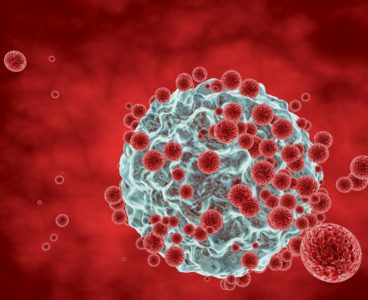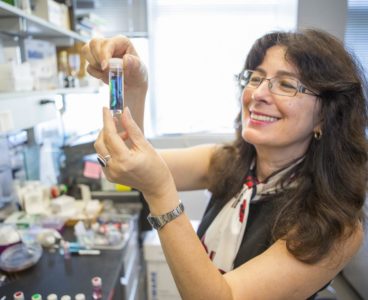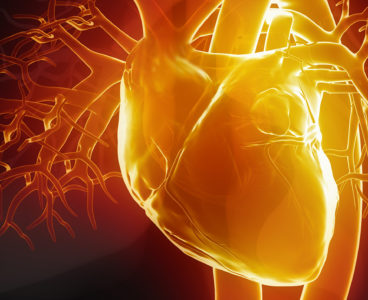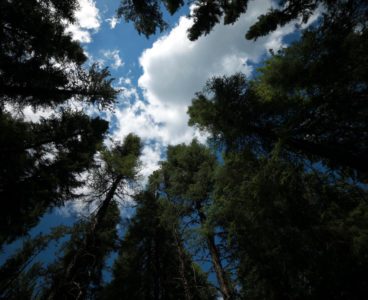Since their invention in the late 1700s when French-born British physicist Denis Papin, the inventor of the pressure cooker, proposed the piston principle, pistons have been used to harness the power of fluids to perform work in numerous machines and devices. Conventional pistons are made of a rigid chamber and a piston inside, which can…
A Rubber Computer Eliminates the Last Hard Components From Soft Robots
A soft robot, attached to a balloon and submerged in a transparent column of water, dives and surfaces, then dives and surfaces again, like a fish chasing flies. Soft robots have performed this kind of trick before. But unlike most soft robots, this one is made and operated with no hard or electronic parts. Inside,…
Study Uses AI Technology to Begin to Predict Locations of Aftershocks
Researchers Harness AI to Identify, Count, and Describe Animals
Seeing Street Change
Predicting How a Tumor Tissue’s Physical Properties Affect Its Response to Chemo Drugs
Chemotherapy is often used to combat malignant tumors, but rarely completely cures patients due to cancer cells’ resistance to drugs. It has been thought that the environment in which particular cancer cells live could impact their response to specific drugs, but until now, it’s been difficult to analyze exactly how mechanics—specifically, stiffness of the extracellular…
New Nanofiber Techniques Create Better Bulletproof Vests
Fibrous materials — known for their toughness, durability and pliability — are used in everything from bulletproof vests to tires, filtration systems, and cellular scaffolds for tissue engineering and regenerative medicine. The properties of these materials are such that the smaller the fibers are, the stronger and tougher they become. But making certain fibers very…
An Antifouling Coating Could Help Clinicians See Clearly During Endoscopy Procedures
Implanted Probes Provide New Window to the Brain
Scientists in recent years have made great strides in the quest to understand the brain by using implanted probes to explore how specific neural circuits work. Though effective, those probes also come with their share of problems as a result of rigidity. The inflammation they produce induces chronic recording instability and means probes must be…
New Way to Model Molecules
Imagine a future in which hyper-efficient solar panels provide renewable sources of energy, improved water filters quickly remove toxins from drinking water, and the air is scrubbed clean of pollution and greenhouse gases. That could become a reality with the right molecules and materials. Scientists from Harvard and Google have taken a major step toward…
Toward a Better Screen
Harvard University researchers have designed more than 1,000 new blue-light-emitting molecules for organic light-emitting diodes (OLEDs) that could dramatically improve displays for televisions, phones, tablets, and more. OLED screens use organic molecules that emit light when an electric current is applied. Unlike the ubiquitous liquid crystal displays (LCDs), OLED screens don’t require a backlight, meaning…
‘Liquid Fingerprinting’ Technique Instantly Identifies Unknown Liquids
A new company will commercialize sensing technology invented at Harvard University that can perform instant, in-field characterization of the chemical make-up and material properties of unknown liquids. Validere, cofounded by Harvard scientists and engineers, has raised an initial round of seed capital and has entered into a worldwide exclusive licensing agreement with the university to…
Engineered Tissue Could Replace Damaged Heart Muscles
Scientists and doctors in recent decades have made vast leaps in the treatment of cardiac problems – particularly with the development in recent years of so-called “cardiac patches,” swaths of engineered heart tissue that can replace heart muscle damaged during a heart attack. Thanks to the work of Harvard University’s Charles Lieber and others, the…
Canadian Forests a Refuge as Warming Creeps North
In the Canadian province of Quebec, a study of more than 26,000 trees across an area the size of Spain forecasts potential winners and losers in a changing climate. The study, published today in the journal Science, shows that boreal forests in far-northern latitudes may one day act as a climate refuge for black spruce, the…












